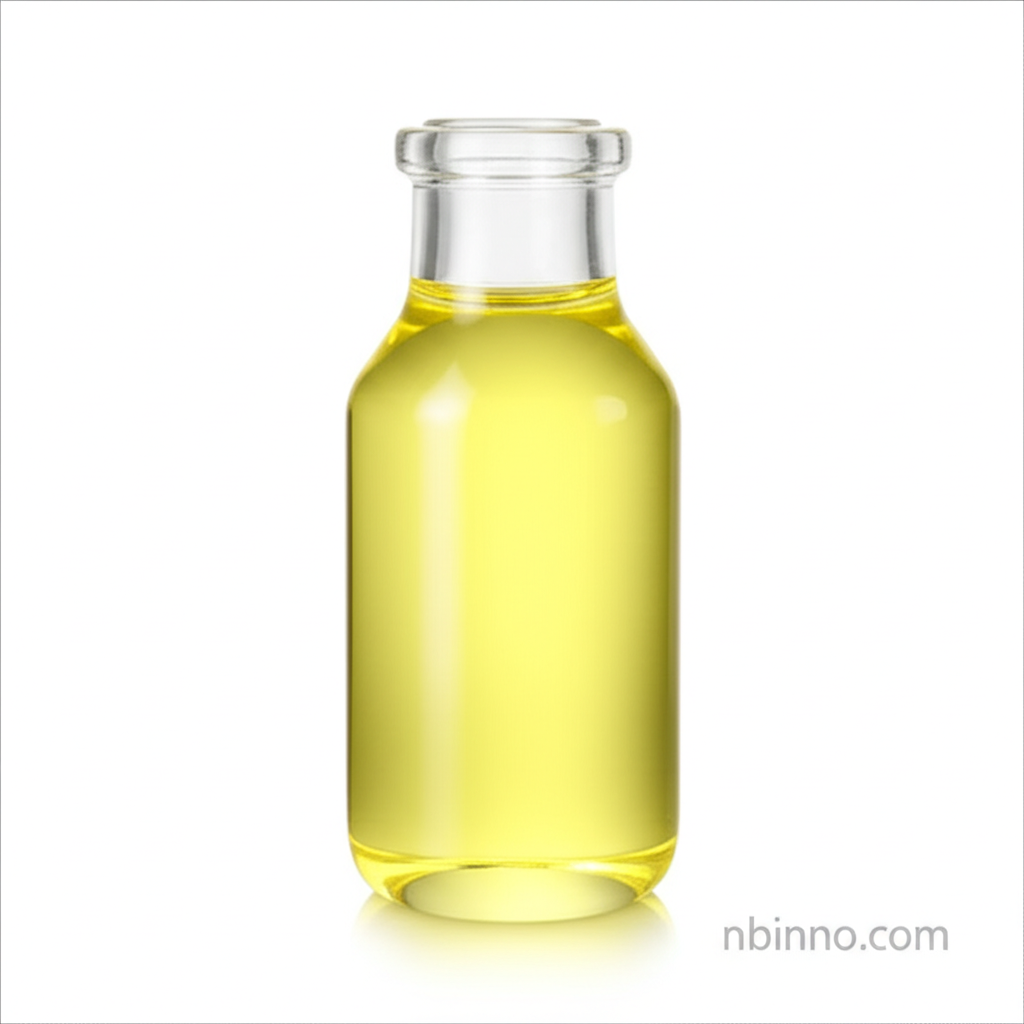Tris(2-ethylhexyl) Phosphate: Enhancing Performance in Polymers and Beyond
Discover the multifaceted benefits of Tris(2-ethylhexyl) Phosphate, a key chemical intermediate that enhances flexibility, provides flame retardancy, and acts as an efficient solvent for various industrial applications.
Get a Quote & SampleProduct Core Value

Tris(2-ethylhexyl) Phosphate
As a leading supplier in China, we provide high-quality Tris(2-ethylhexyl) Phosphate, a versatile chemical essential for numerous industrial processes. Its unique properties make it an indispensable component in formulations requiring enhanced material performance. As a trusted manufacturer in China, we ensure consistent quality and reliable supply for your production needs.
- Leverage Tris(2-ethylhexyl) Phosphate as a plasticizer to achieve excellent low-temperature flexibility in vinyl compounds.
- Utilize its capabilities as a flame retardant to improve the safety and durability of polymer products.
- Benefit from its function as a solvent in the production of hydrogen peroxide, a critical industrial process.
- Employ it as a carrier for pigments, ensuring vibrant and uniform coloring in various plastics.
Advantages of Using Tris(2-ethylhexyl) Phosphate
Enhanced Low-Temperature Performance
Tris(2-ethylhexyl) Phosphate acts as a specialized plasticizer, significantly improving the low-temperature flexibility of materials like PVC and synthetic rubber, ensuring performance even in cold environments.
Superior Flame Retardancy
This chemical intermediate offers excellent flame-retardant properties, making it a crucial additive for applications where fire safety is paramount, such as in military tarpaulins and consumer goods.
Versatile Solvent Capabilities
Its utility extends to being an effective solvent, particularly in the synthesis of hydrogen peroxide, contributing to higher product concentration and better quality in its production.
Key Applications
Plasticizer Applications
As a high-performance plasticizer, it is widely incorporated into vinyl plastic and synthetic rubber compounds to boost their overall performance characteristics.
Flame-Proofing Compositions
It is a key component in flame-proofing compositions, especially for vinyl applications where flexibility at low temperatures is a critical requirement.
Hydrogen Peroxide Synthesis
Tris(2-ethylhexyl) Phosphate serves as a vital solvent in the anthraquinone method for producing hydrogen peroxide, enhancing product yield and quality.
Pigment and Dye Carriers
It functions effectively as a carrier material for pigments and dyes, enabling uniform and vibrant coloring in various polymer manufacturing processes.
